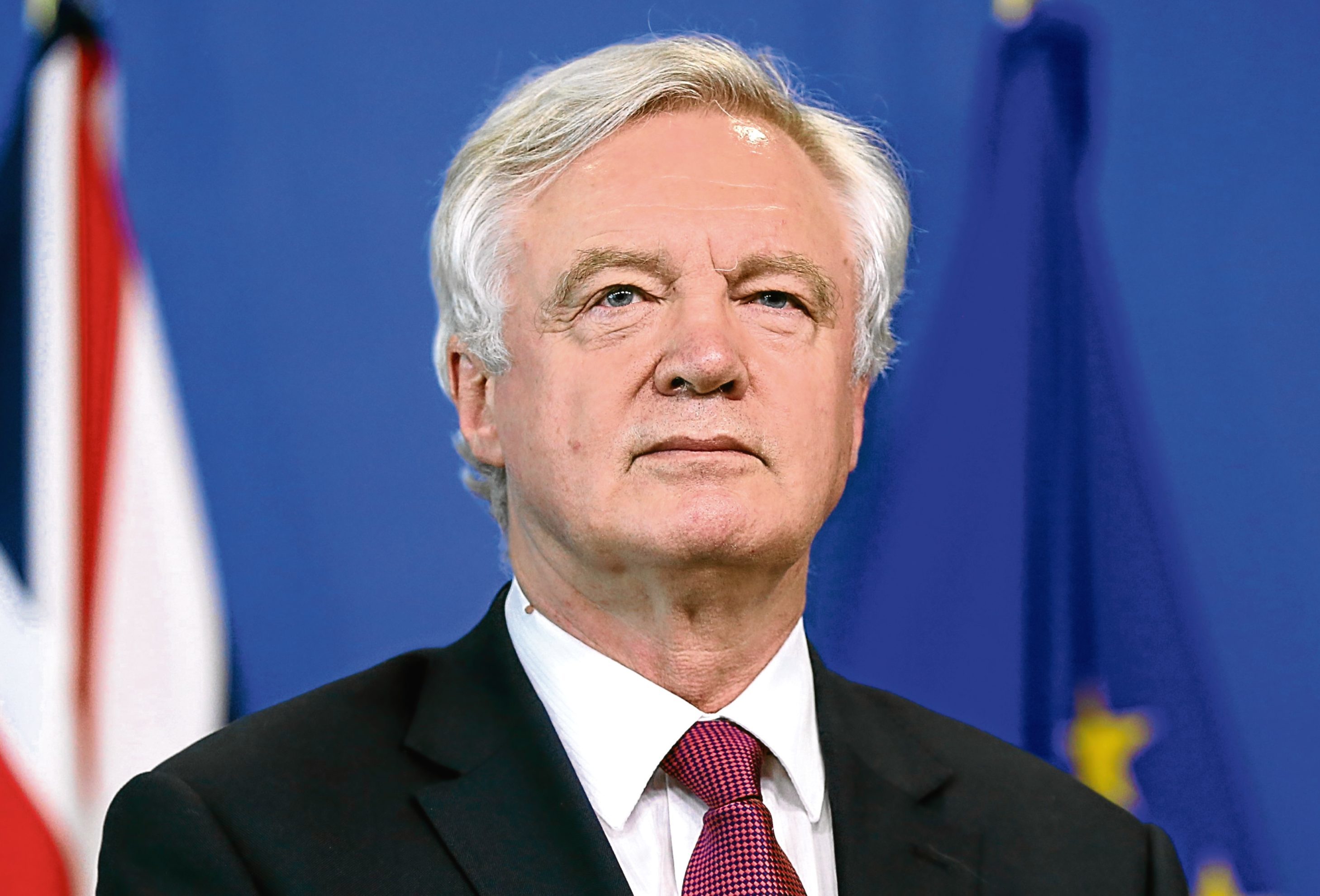
MINISTERS are set to publish a new series of detailed papers setting out their aims for the Brexit talks, amid criticism about a lack of clarity over the Government’s negotiating position.
The papers will include one covering the thorny issue of the border between Northern Ireland and the Republic after the UK has left the EU.
A second batch of papers, to be released in the run-up to the October meeting of the European Council in Brussels, will look at “future partnership” arrangements, including the UK’s proposals for a new customs agreement with the EU.
Brexit Secretary David Davis said the publication of the papers would mark “an important next step” towards delivering last year’s referendum vote to leave the EU.
The disclosure comes as Mr Davis prepares to embark on a third round of talks with the EU’s chief negotiator Michel Barnier in the Belgian capital at the end of August.
Mr Barnier is reported to have warned EU ambassadors the first two rounds had failed to produce sufficient clarity on the opening issues of the Irish border, the rights of EU citizens in the UK, and Britain’s “divorce bill”.
His gloomy assessment cast doubt on whether the talks will have made enough progress to begin discussions in the autumn on a new free trade deal between Britain and the EU.
Sources at the Department for Exiting the EU said the “future partnership” papers would show the Government is ready to move on to the next stage of the negotiations.
They insisted the issues of Britain’s withdrawal – which include the divorce bill the UK will have to pay in respect of its outstanding liabilities – remained “inextricably linked” with the talks on its future relations with the bloc.
Mr Davis said: “Over the last year, the Government has been working with British businesses and the British people to establish exactly how our new relationship with the EU should look and feel.
“I’ve launched this process because with time of the essence, we need to get on with negotiating the bigger issues around our future partnership to ensure we get a deal that delivers a strong UK and a strong EU.
“It’s what businesses across Europe have called on both sides to do and will demonstrate that the UK is ready for the job.
As well the issue of the Irish border, the first set of new position papers will also cover continued availability of goods for the EU and the UK, and confidentiality and access to official documents following the UK’s withdrawal.
Earlier this month Britain’s approach to Brexit was labelled so chaotic some EU countries said they thought it must be part of a cunning plan to trick them into thinking Theresa May’s government is more shambolic than it actually is.

Enjoy the convenience of having The Sunday Post delivered as a digital ePaper straight to your smartphone, tablet or computer.
Subscribe for only £5.49 a month and enjoy all the benefits of the printed paper as a digital replica.
Subscribe